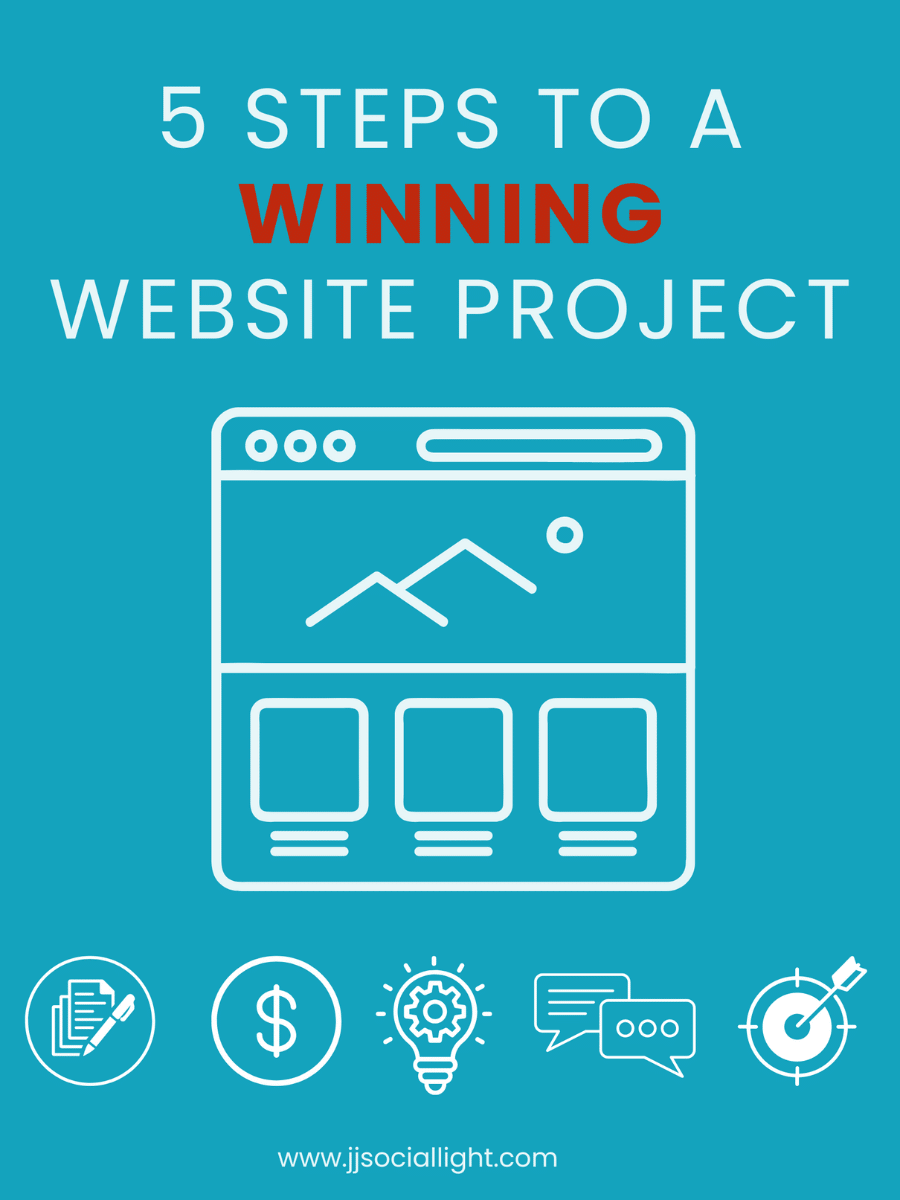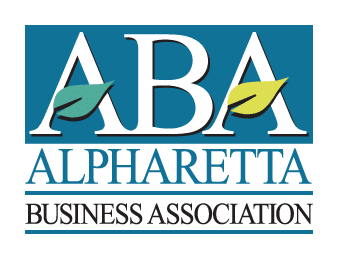There are websites and then there are websites designed to appeal and convert. If you aren’t taking steps to ensure your site is delighting visitors and providing them with what they need and want, you’ve just got a website. Run through the 19 points outlined on this page and make sure your site addresses each one, so it can realize its full potential.
1. Responsive Layout
More people are using cell phones than ever before, to the point roughly 60% of all Google searches are now being performed on mobile devices. This hits home two important things. First, more than half of your visitors are probably coming in on their phones. Your site should cater to them. Secondly, Google now indexes the mobile version of sites first. That means if your site isn’t mobile-friendly, it isn’t going to rank well in search engines and you’ll miss out on traffic. While you could set up two distinct sites; one for mobile traffic and one for desktop users, the easy way to do it is to create a single site with a responsive layout. These are built in a way that pages naturally adapt to the size of the screen they’re being viewed on.
2. Clean Design
Busy designs overwhelm visitors and make it difficult for them to understand if they’ll actually find what they came for. Statistics on the amount of time visitors spend assessing a site vary, but it always boils down to a matter of seconds. The cleaner your design is, the more likely visitors are to stick around and explore your site.
3. Branding Elements
People rely on visual cues more than they do text. For this reason, it’s essential to use branding elements to help them identify they’ve come to the right website and help them remember your company too. Things like logos, colors, and fonts all play into the look of the brand.
4. Recognizable Color Scheme
Colors are a big part of branding, but they also send subconscious messages to visitors too. For example, if your text is a rainbow of colors, nobody’s going to be able to tell which things are links or where the headings are. When used wisely, color enhances the user experience by allowing people to follow the flow of the site without having to think about it. Additionally, colors have an impact on the emotions people feel when they visit the site. This is why lawyers often use dark blue to denote honor and trustworthiness or black for power. Companies that want to energize people may choose orange and earthy companies may opt for green.
5. Visitor Functionality
Many people start with an idea of what they want to achieve or what they’d like to present to visitors, but people don’t always stop to think of what the visitor wants. Why are people visiting your site? What actions do they want to complete? What information do they need? If your site is new, you may not know the reasons they come, but you can make educated guesses. If your site is established, you can see which pages get the most use. As a general rule, they shouldn’t have to click more than three times to get where they need to be.
6. Simple Navigation
Navigation and functionality go hand-in-hand. Doublecheck the menu to ensure it has all the links people need, is organized in a straightforward way, and doesn’t have excess clutter.
7. Above-the-Fold Contact Info
Make it easy for people to reach you by including contact information near the top of the page, so people don’t have to scroll for it. Ideally, you’ll include a phone number in the uppermost portion of the screen for maximum visibility, but you’ll also want to include a “contact” button or link near the top for those who prefer to reach you online.
8. Strategic CTAs
A call-to-action (CTA) tells your visitors what step to take next. You can use CTAs to guide visitors through a sales funnel or to make a purchase. Each page needs a CTA, even if you’re just using it to show them more information, but the best CTAs offer something of value, like free tips or a consultation.
9. Trust Signals
Trust signals are virtually anything visitors to your site see which helps build confidence in your brand. A few examples include security emblems, guarantees, social proof/testimonials, memberships, and partnerships. The more recognizable the trust signal is, the more impact it has.
10. Original Content
Your visitors and Google prefer helpful content they can’t find anywhere else. Experiment with what works for your audience and try out a variety, such as infographics, videos, and podcasts.
11. Active Blog
Running an active blog on your site shows search engines that you keep things current and gives them more pages to index, which naturally means more traffic. Research from HubSpot concludes that companies that create 16 or more posts per month have 3.5-times more traffic than those which publish 4 or fewer times per month.
12. User-Friendly CMS
Your content management system (CMS) is what allows you to manage your site. The most common is WordPress, which companies tend to prefer because it doesn’t require coding knowledge and is easy to use no matter what your technical skill level is. Naturally, the easier your CMS is to use, the simpler it will be to keep your blog active and content current.
13. Memorable Domain Name
A domain name is what gets typed into the address bar and takes you to a website. There are more than 340 million registered. That means it’s incredibly important to choose a name that distinguishes your brand from the pack and that people can remember.
14. Reliable Hosting
Your web host holds all the data for your site and ensures people can access it. If your host is unreliable, people naturally stop visiting and Google may drop you from the rankings. You can check out our Beginner’s Guide to Web Hosting for more details on how it works, but suffice it to say, reliability is everything
15. HTTPS
Historically, having an HTTPS website was most important for sites that exchanged data of some sort, be it passwords, messages, credit card info, or other personal details. The HTTPS denotation means that the data is encrypted prior to being sent and decrypted on the other end, ensuring hackers couldn’t grab the data while it was in transmission. However, Google and other search engines, as well as browsers, now look for it as a general mark of security, meaning you could be causing unnecessary scares or missing out on traffic if your site is still HTTP.
Additional security measures to keep your site safe and protect data are also necessary, so it’s better to connect with an expert on this one if you aren’t already locked uptight.
16. Rapid Loading
One study found that one-in-four visitors will leave a site if it doesn’t load within four seconds, and the longer people wait, the more they’ll give up and leave. You can do small things, such as reducing file sizes before uploading, to make pages load faster, but the best sites are lightning-fast because they’re designed to run that way.
17. Clean Coding
A big part of load times is the coding. Think of it this way. Let’s say you follow an instruction guide on how to get dressed each day and that guide tells you to put on a blue shirt and pants, so you do, but at the end of the guide, it tells you that you need to put on a red shirt instead. That’s the same kind of thing that happens with sites, especially those with lots of plugins. You’ll need a developer to code things right from the start and remove any redundancies or conflicting instructions to make the site run smoothly and quickly.
18. Cross-Browser Compatibility
One thing a lot of people don’t realize is that each browser (Chrome, Firefox, Explorer, Safari, etc.) reads code a little differently. We can go back to our getting dressed example. Chrome may see a line of code that describes your shirt as a scoop-neck sleeveless top and will render it as such. Explorer may see the same line of code and not know what a scoop-neck shirt is. That may not be a huge deal with small design elements, but it can totally change how (and if!) your site functions on different browsers. Moreover, each time the developers of those browsers update code, it can change the way your site functions on them. So, you need a developer to address the coding on multiple browsers and update it to keep up with new releases too.
19. Tracking and Analytics
If you aren’t measuring, how do you know if your site is successful or not? Google Analytics and Google Search Console are free to use and will give you immense amounts of data that empower you to make smarter decisions as well as track the effectiveness of your site.
Need Help Creating a More Effective Website?
There’s obviously a lot of ground to cover when designing a website. If you’re struggling with an underperforming business website or are considering setting one up, we can help. JJ Social Light offers two tiers of web development; template-built sites which give you a powerful sales tool in a quick and cost-effective way, and custom-built websites, crafted from the ground up to meet the unique needs of your business and audience. Contact us to discuss your needs and we’ll walk you through how each solution will work.









0 Comments